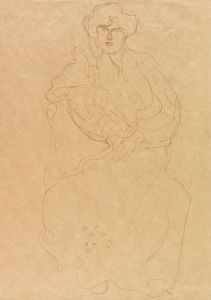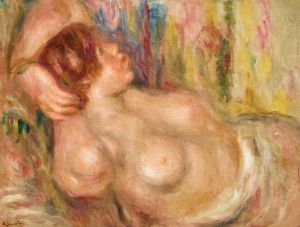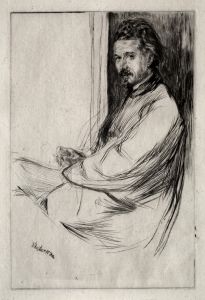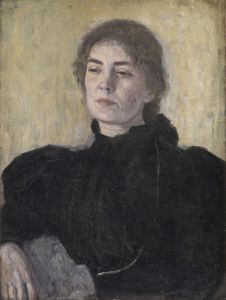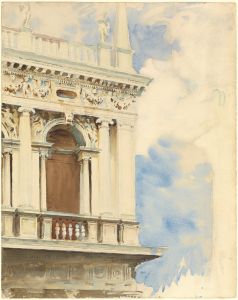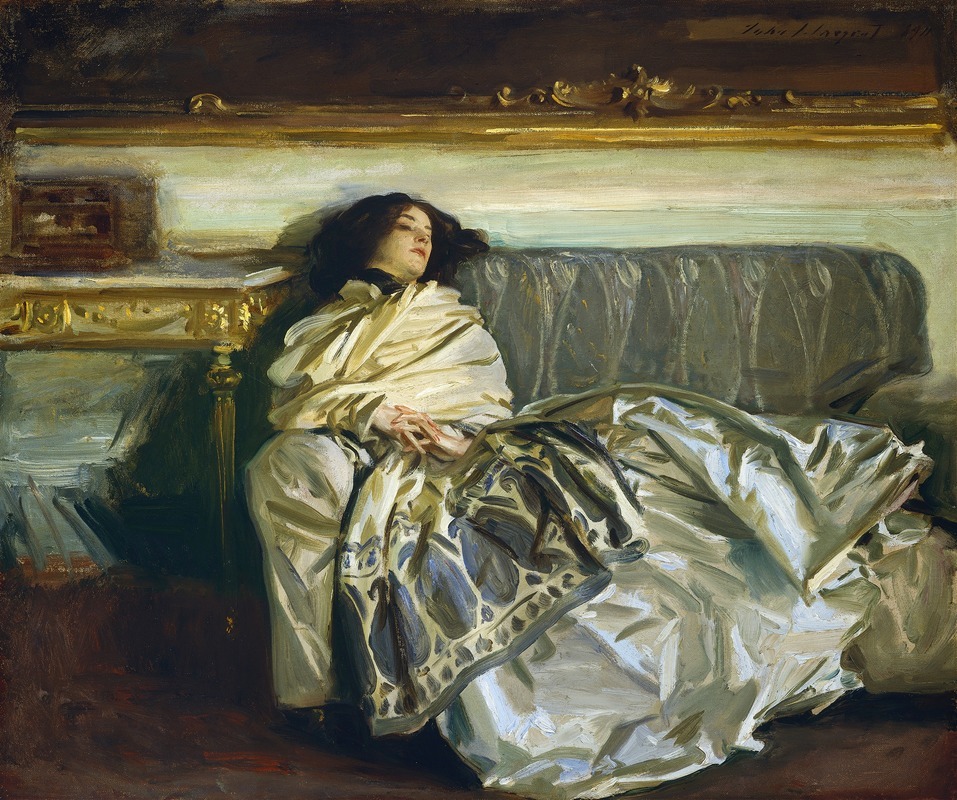
Nonchaloir
A hand-painted replica of John Singer Sargent’s masterpiece Nonchaloir, meticulously crafted by professional artists to capture the true essence of the original. Each piece is created with museum-quality canvas and rare mineral pigments, carefully painted by experienced artists with delicate brushstrokes and rich, layered colors to perfectly recreate the texture of the original artwork. Unlike machine-printed reproductions, this hand-painted version brings the painting to life, infused with the artist’s emotions and skill in every stroke. Whether for personal collection or home decoration, it instantly elevates the artistic atmosphere of any space.
John Singer Sargent's "Nonchaloir," also known as "Repose," is a notable painting created in 1911. Sargent, an American expatriate artist, was renowned for his portraiture and his ability to capture the essence of his subjects with remarkable skill and sensitivity. "Nonchaloir" exemplifies his mastery in depicting the human form and the subtleties of mood and atmosphere.
The painting portrays a young woman reclining in a relaxed pose, embodying the concept of nonchalance, which is reflected in the title. The term "nonchaloir" is French for "nonchalance" or "indifference," suggesting a state of calmness and ease. This theme is evident in the subject's languid posture and serene expression, which Sargent captures with his characteristic attention to detail and texture.
Sargent's use of light and shadow in "Nonchaloir" is particularly noteworthy. The soft, diffused lighting enhances the tranquil mood of the painting, while the delicate play of light across the woman's face and clothing adds depth and dimension. The color palette is subdued, with gentle tones that contribute to the overall sense of calm and introspection.
The composition of "Nonchaloir" is carefully balanced, with the figure positioned slightly off-center, creating a sense of naturalism and spontaneity. Sargent's brushwork is fluid and confident, demonstrating his ability to convey both the physical presence and the psychological state of his subject. The painting is a testament to Sargent's skill in rendering the human figure with both technical precision and emotional resonance.
"Nonchaloir" is part of Sargent's later body of work, during a period when he had largely moved away from formal portrait commissions to focus on more personal and experimental projects. This shift allowed him to explore different themes and techniques, as seen in this painting. The work reflects Sargent's interest in capturing moments of quiet introspection and the beauty of everyday life.
The painting is housed in the collection of the National Gallery of Art in Washington, D.C., where it continues to be appreciated by art enthusiasts and scholars alike. It remains an important example of Sargent's contribution to the art world and his ability to convey the subtleties of human emotion and experience through his art.
"Nonchaloir" is celebrated not only for its aesthetic qualities but also for its insight into Sargent's evolving artistic vision. It represents a moment of transition in his career, where he embraced a more relaxed and informal approach to portraiture, allowing for greater expression and exploration of mood. This painting, like many of Sargent's works, continues to captivate viewers with its elegance, grace, and the quiet power of its subject's presence.





